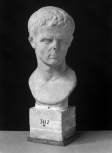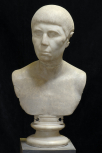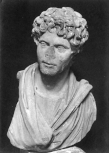Explore Collections


You are here:
CollectionsOnline
/
Search Results
Browse
Busts
Browsing 13 items
You are browsing Works of Art & Antiquities
|
Works of Art & Antiquities results view


Works of Art & Antiquities results view


Busts
Browsing 13 items
You are browsing Works of Art & Antiquities
|












